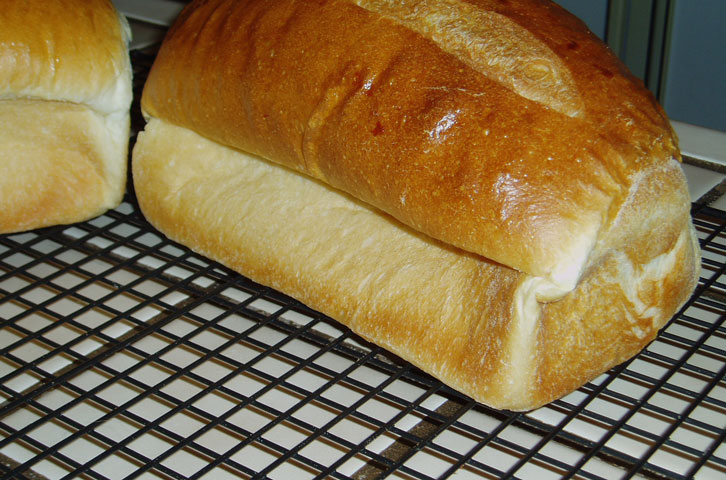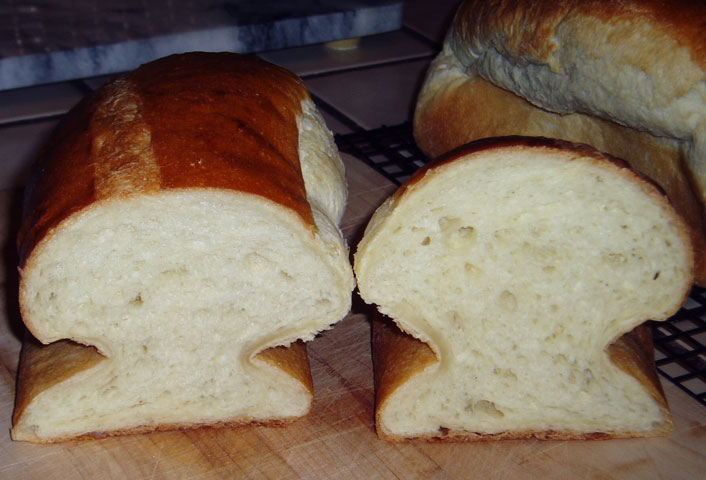ITJB Vienna Bread - 5th Try But Still No Joy
My schedule cleared up enough that I could sneak in another test bake of this recipe last night. Based on yesterday's exchanges with Eric Hanner and MiniOven I made only a couple of adjustments from the previous bake, and in particular changed the rack and tile setup in my oven at Eric's suggestion. Here is a brief summary of this bake:

